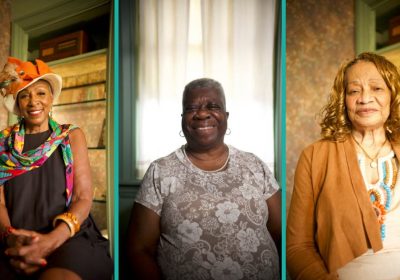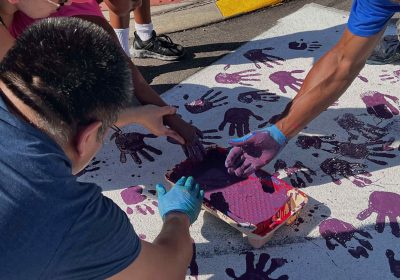Yep, it’s hard to draw young people to a book club or other program structured around the humanities — and these programs can be hard to find despite a growing body of research suggesting that an environment where teens can feel safe to open up and have meaningful dialogue is vital to their social emotional learning.
But how do you create a program that is actually active, engaging, and sustainable?
In 2009, we worked with a team of education and humanities leaders to create Teen Reading Lounge as a way to answer that question. We’ve learned a lot since then, having expanded to almost 100 sites across Pennsylvania and winning an award or two along the way. We found that even in our distraction-filled world, young people are yearning for a deeper way to connect with each other through the humanities.
Last year we released our Teen Reading Lounge Program Development Guide which sums up our approach and has useful advice for any youth program — particularly those that engage with the humanities and youth of color.
Our Teen Reading Lounge partners in libraries and schools are amazing and throughout the years have helped us to continually revise and update the program based on their experiences and feedback. This summer we did a short survey asking them for advice on how they’ve managed the enormous stumbling block of attracting, retaining , and engaging youth.
Here’s what they told us…
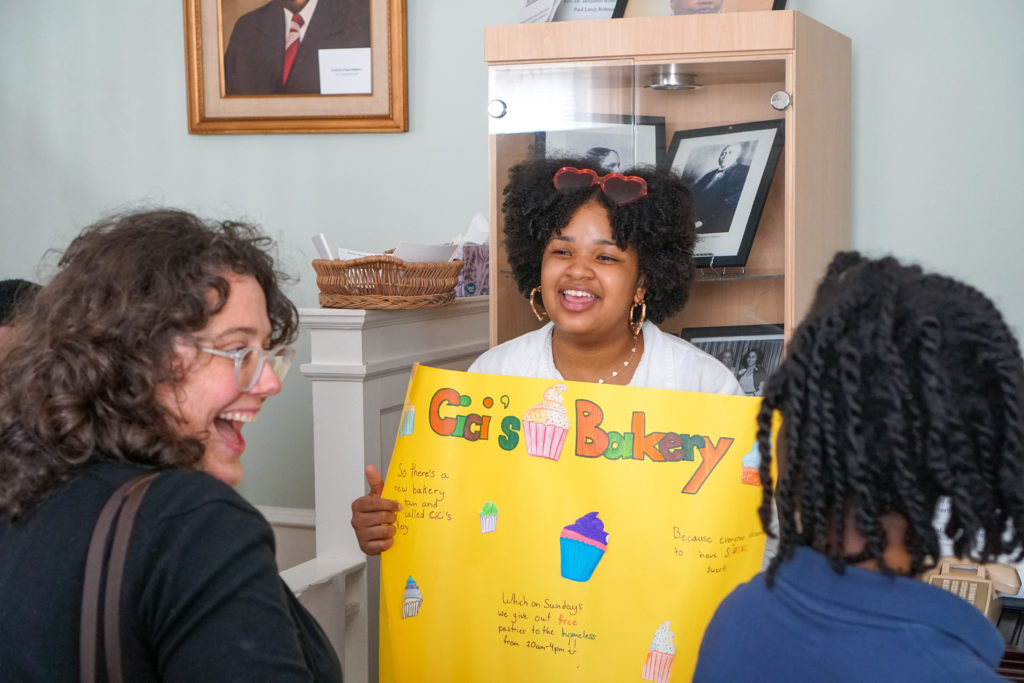
#1 – LET THEM LEAD (NO, REALLY.)
Teens not only desire to be heard, they want to be empowered to do something personally meaningful.
Research is finding that youth-led programs encourage a sense of personal ownership while building leadership and planning skills.
“Let them lead, let them cocreate with you,” says Rosie Jacobson, youth facilitator at West Philadelphia High School. “Make the youth feel cool and part of the process.”
“You need to make things real world applicable and involve community members,” advises Jamie Orth, youth worker at Laughlin Memorial Library, Ambridge.
Youth-led service projects are the perfect way to pass the reins and let young people make a difference and connect with their community. That’s why we hardwired civic engagement into our Teen Reading Lounge program.
Some examples:
If you step back and let teens take the lead, you’ll be surprised at what they can do. We are!
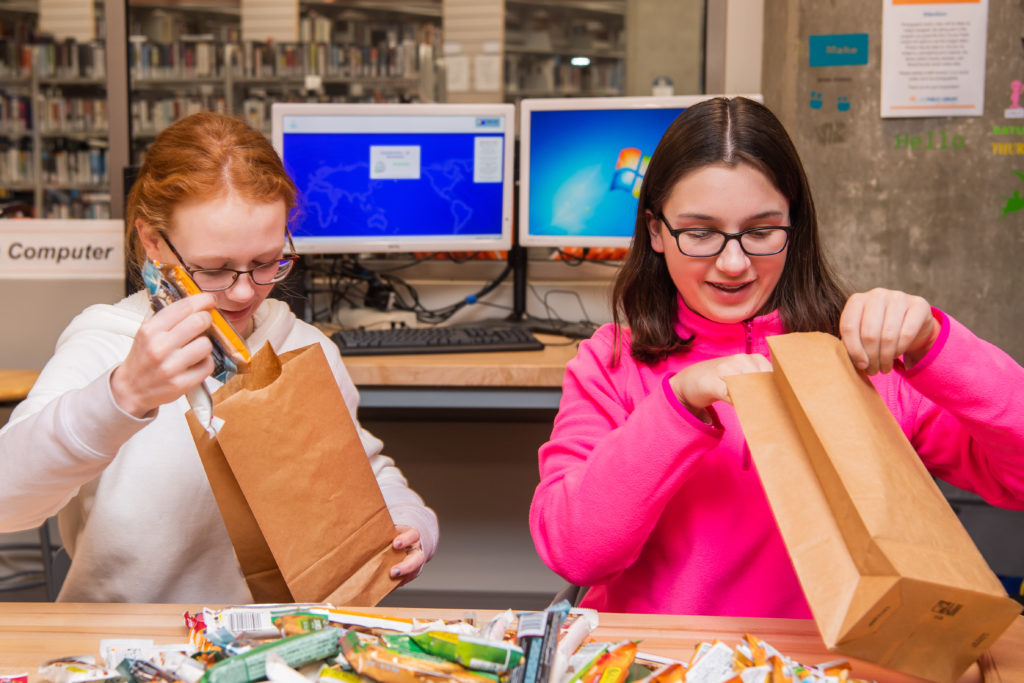
#2 – PROVIDE GOOD FOOD
One thing we hear over and over again is that having high quality snacks and meals is the secret to keeping teens coming back.
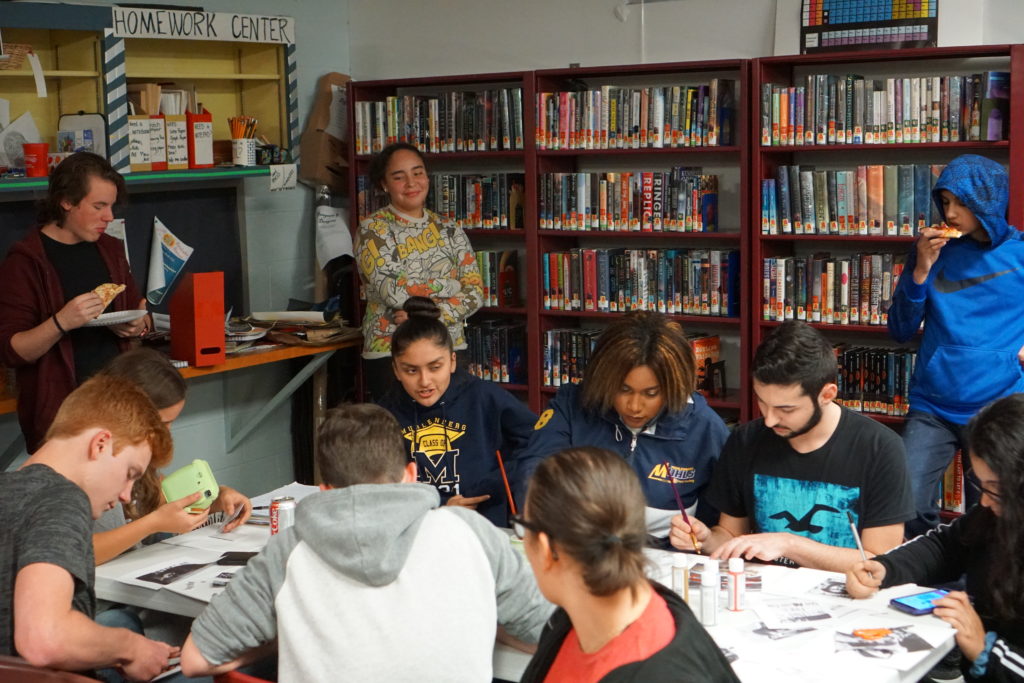
Teens at Muhlenberg Community Library eat pizza, work on art, and talk about books at Teen Reading Lounge.
“I cannot emphasize the importance of food — eating it, making it — in the process of comfort, socialization, discussion, distraction, friendship,” says Melanie Ramsey, Director of Children’s and Youth Services at Hollidaysburg Area Public Library. (Hollidaysburg happens to receive support from Benzel’s Bretzel Bakery, so they know good snacks.)
That plastic bowl topped with dusty hard candy probably isn’t going to cut it. Ask your teens what they like to eat and see what you can do (with a careful eye to any allergy issues.)
“They need to feed their bodies to feed their minds,” says Melissa Adams, Library Director at Muhlenberg Community Library. Adams notes that some young people are experiencing food scarcity issues, making those library snacks an important resource.
Food insecurity is linked to negative health, social-emotional, and behavioral issues — something to think about next time you’re crunching numbers for your food budget.
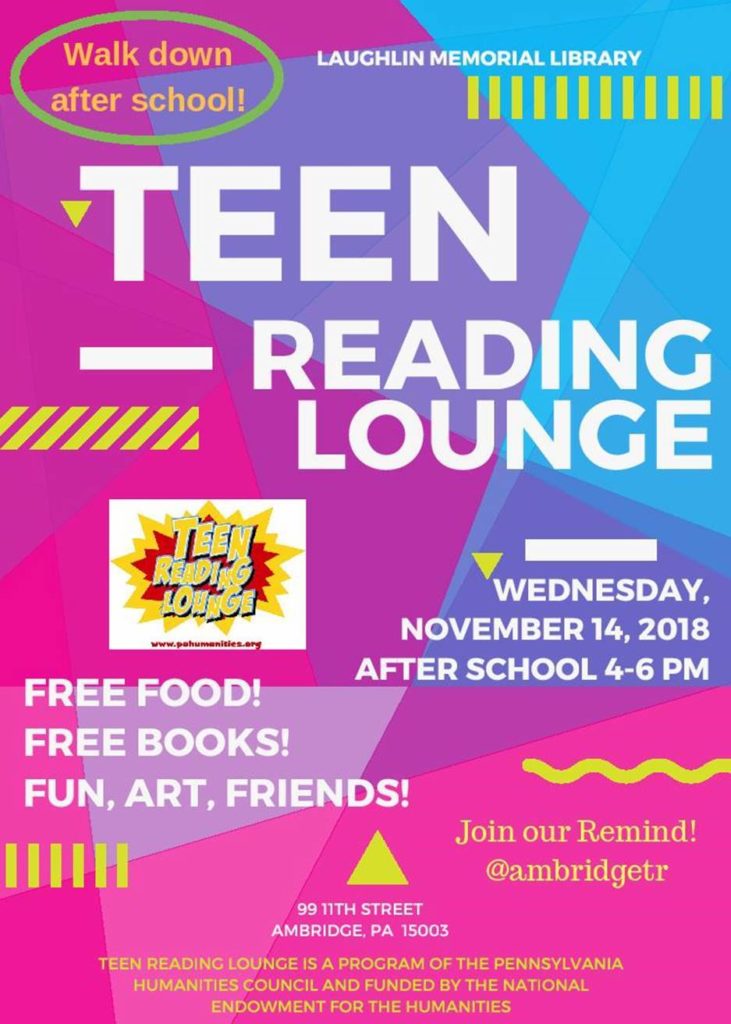
#3 – PROMOTE AND PARTNER
Library staff and other youth workers are blackbelts at crafting catchy flyers and witty social media posts to promote their programs. But making sure your content gets seen by teens can be tricky. If young people don’t often visit your building or follow you on social media, all that work isn’t going to do much good — and neither will an ad in the local print newspaper that few people under 40 are reading.
You have to think outside your immediate location, going to where the teens are — online or offline — says Janet Yost, Director of Kutztown Community Library. “We have great success in promoting our youth programs through the school district,” she said. “One high school teacher had a display of our Teen Reading Lounge books which really helped boost our attendance.”
Also important is reaching out to parents, guardians, teachers, education leaders, community organizations, business leaders, and elected officials.
BF Jones Memorial Library in Aliquippa took their popular Teen Reading Lounge program to a neighboring organization that supports youth experiencing poverty. That partnership built relationships with young people from areas that weren’t previously being served and created a more diverse teen presence.
Make sure your promotional materials are culturally inclusive and never forget rule #2: “always, always promote snacks,” advises Tina Cunningham, youth facilitator for Hollidaysburg Area Public Library.
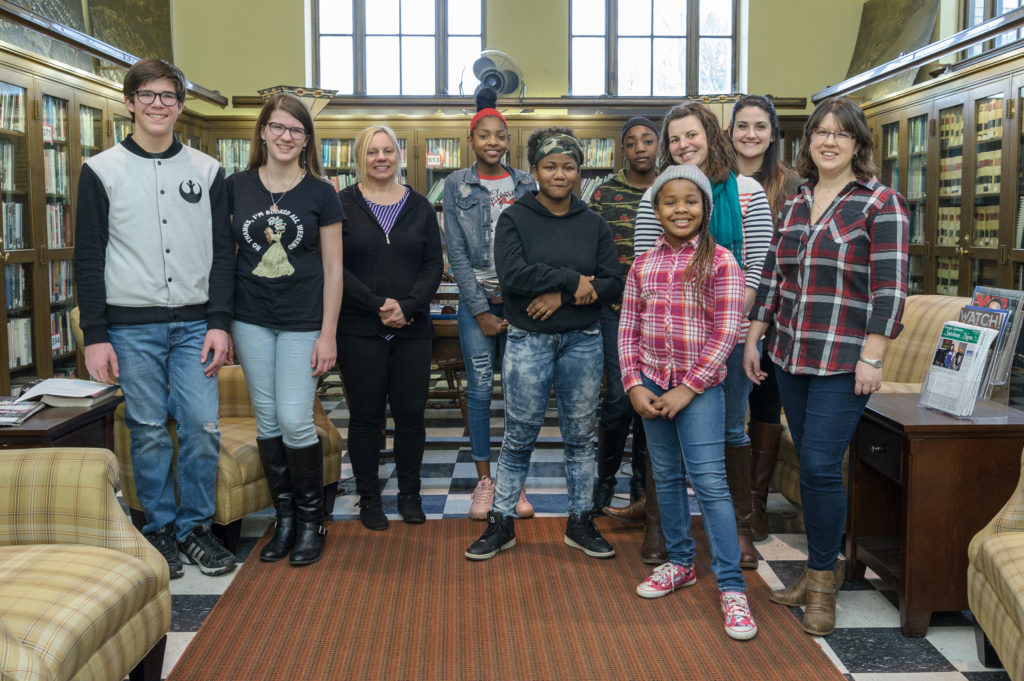
#4 – JUDGE NOT
Adults have been frustrated with young people since forever. “They think they know everything, and are always quite sure about it,” groaned Aristotle about those darn kids back in the 4th century BCE.
A quick way to make your youth program unpopular is to criticize, nag, cast judgment, and implement heavy handed rules.
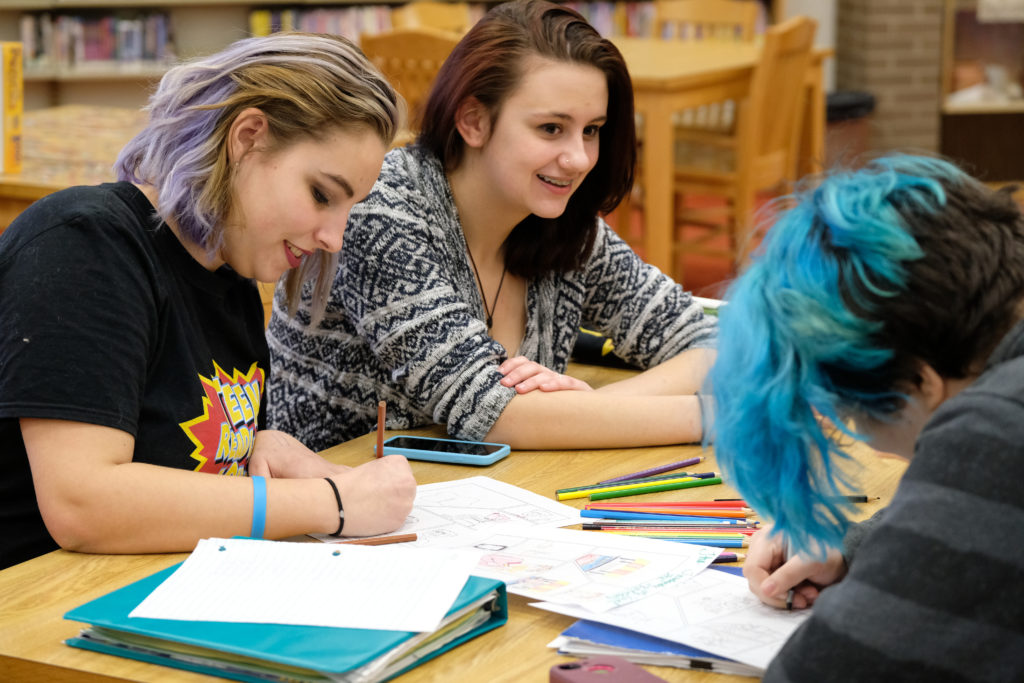
“Encourage them to be loud, to express their ideas, to be mes
sy, and to be teens,” says Renee Roberts, Project Manager at Abington Community Library.
Many young people also struggle with issues around identity and need freedom and support to discover who they are.
“Be open and welcoming,” says Kim King, Assistant to Director/Youth Services Coordinator at Priestley-Forsyth Memorial Library. “Don’t judge young people based on their looks or habits. They are learning their place in society.”
Renee Albertson, a youth worker also at Priestley-Forsyth Memorial Library, agrees. “Allow the teens to unapologetically be themselves without judgement!”
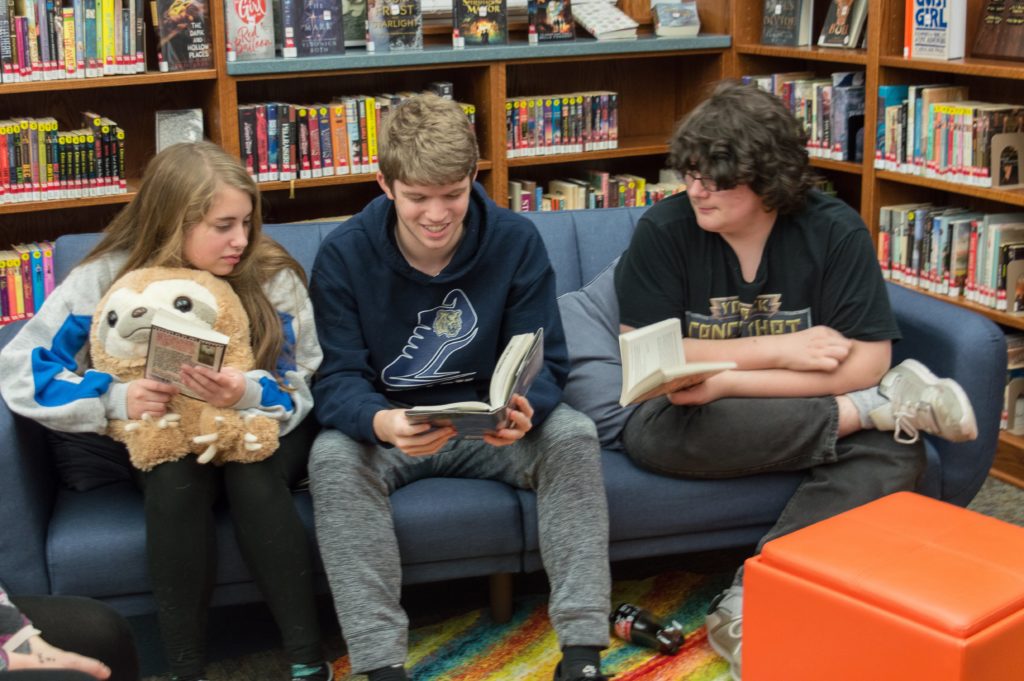
#5 – GIVE THEM (THEIR OWN) SPACE
If teen activities are relegated to an old conference room and they are shooed out after an hour for a meeting of the local Rotary club, their investment in that space will be minimal. They don’t just need space — they need their own space.
“You need to create a real space for the teens,” says Jacki Clark, Youth Services Coordinator, at Muhlenberg Community Library. “Ask them for help, let them know the library is theirs.”
In 2019, the Erie County Public Library debuted a new $200,000 teen area at their Blasco branch. The space includes a laptop bar overlooking the bay, a performance stage, collaboration spaces, a teen book collection, and an Idea Lab Makerspace equipped with state of the art design hardware like 3D printers, sewing machines, and a vinyl cutter. The Teen Advisory Board was brought in as part of the design process, informing the adults about their needs.
If you don’t have a couple hundred thousand dollars to build a new facility you can keep it simple. “Just provide a safe place, and be willing to meet their immediate needs,” says Jennifer Honess, Teen Reading Lounge facilitator at BF Jones Memorial Library.
Not sure what those needs are? Ask them. Always make sure they are part of the process.
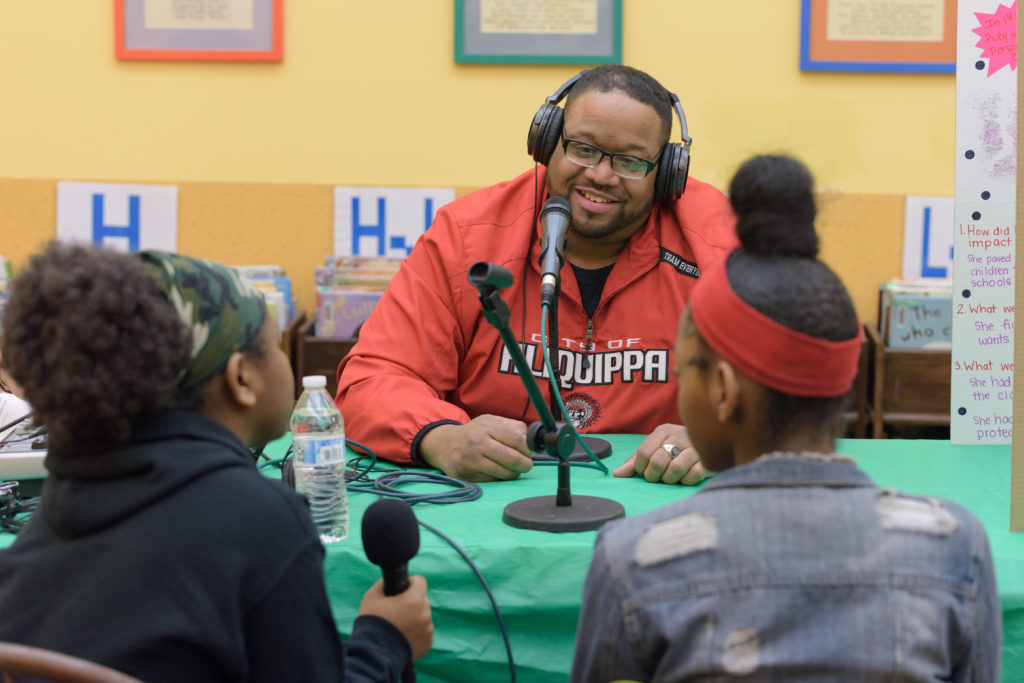
#6 – FIND RELATABLE TEEN MENTORS
A common movie plot is for someone to blow into town like Mary Poppins and mentor a local group of unruly youth. The teens resist at first but eventually respect is earned and they all go on to win some kind of championship.
That’s Hollywood and not real life. A more likely hero for your teen program is going to come from your own community.
Molly Krichten, former youth coordinator at Bridgeville Public Library, says finding the right staff is key to successfully engaging youth and it needs to be “people they see out in the community… people who treat kids with dignity and respect.”
This is especially important for youth of color who are building their ethnic-racial identity, a key component in their developmental growth. Researchers like Shawn Ginwright have written extensively on why mentors that understand, reflect, and respect the experiences of youth of color can have a more positive impact on their development.
Teens will value mentors who are invested in their local community and care about their well-being — people they can trust and have quality time to spend with them.
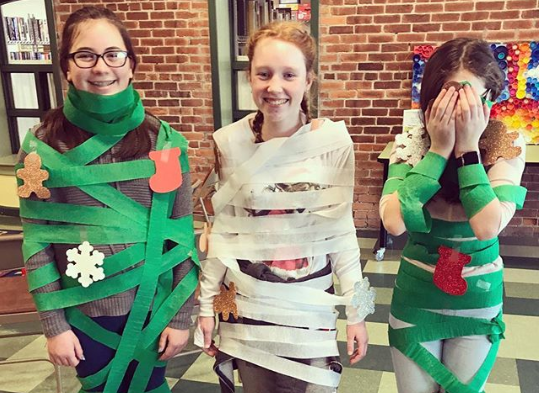
#7 – MAKE IT FUN
If you’re striking out pulling out the same tired board games week after week, it could be time to rethink things. Teens have access to endless entertainment options and a host of competing after-school programs. If you’re not offering something that can go toe-to-toe against Fortnite and Snapchat, it is going to be a challenge to attract new people.
“Go places, do things, engage, talk, and be open,” says Renee Albertson, youth worker at Priestley-Forsyth Memorial Library.
Try to make creative connections to their interests:
- Have a group of die-hard gamers? Incorporate video games.
- Reading The Hunger Games series? Head out to an archery range.
- Are they into music? Visit a recording studio and hold a poetry slam.
Take field trips, invite speakers, go out to eat, and find new experiences. There are endless ways to apply the humanities in a fun and engaging way that are only limited by your group’s imagination (and your budget.)
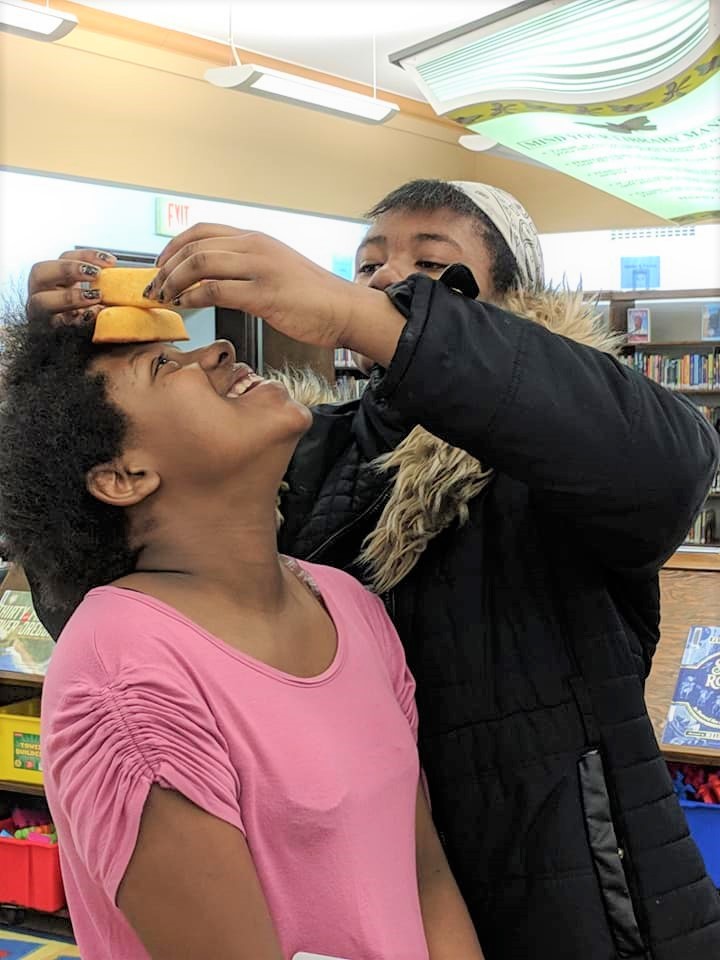
#8 – BE PATIENT
So, you did your homework and promoted the heck out of your new youth program. You’ve got a dedicated teen space all ready with some great snacks and a decent budget ready for some exciting activities. And on your big opening day… two teens show up, one walks out.
Ugh.
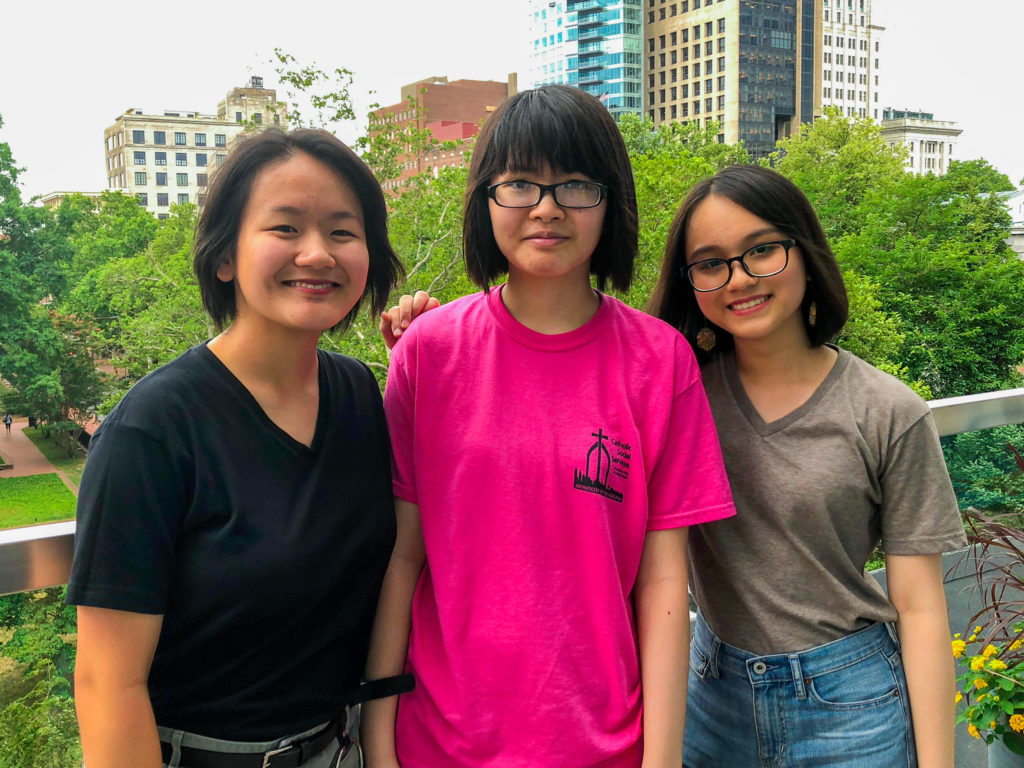
First, know that bigger isn’t always better. We’ve found that smaller discussion groups can sometimes be the most rewarding for both young people and the adults working with them.
If you still think your group isn’t up to size and your promotional game is strong, sometimes the best advice is to be patient.
“Allow for slow growth,” suggests Jo Bradley, site director at John W. Hallahan Catholic Girls’ High School. She says that even with a smaller group, there will be an abundance of activity options.
Authentic community doesn’t spring up overnight and if you’ve created an engaging and fun environment with some good snacks (remember rule #2?), word will get out.
#9 – TRUST THE HUMANITIES
At the Pennsylvania Humanities Council we know the humanities and have witnessed their incomparable power to transform people and places — not only from our work with Teen Reading Lounge but through our other programs and initiatives.
Through Chester Made and Community Heart & Soul we’ve leveraged arts, culture, and the stories of everyday people to make meaningful change and challenge old narratives. Our support of Veterans Upward Bound provides college-bound Pennsylvania veterans opportunities for exciting cultural experiences and deep dialogue that are helping them deal with the injuries of war.
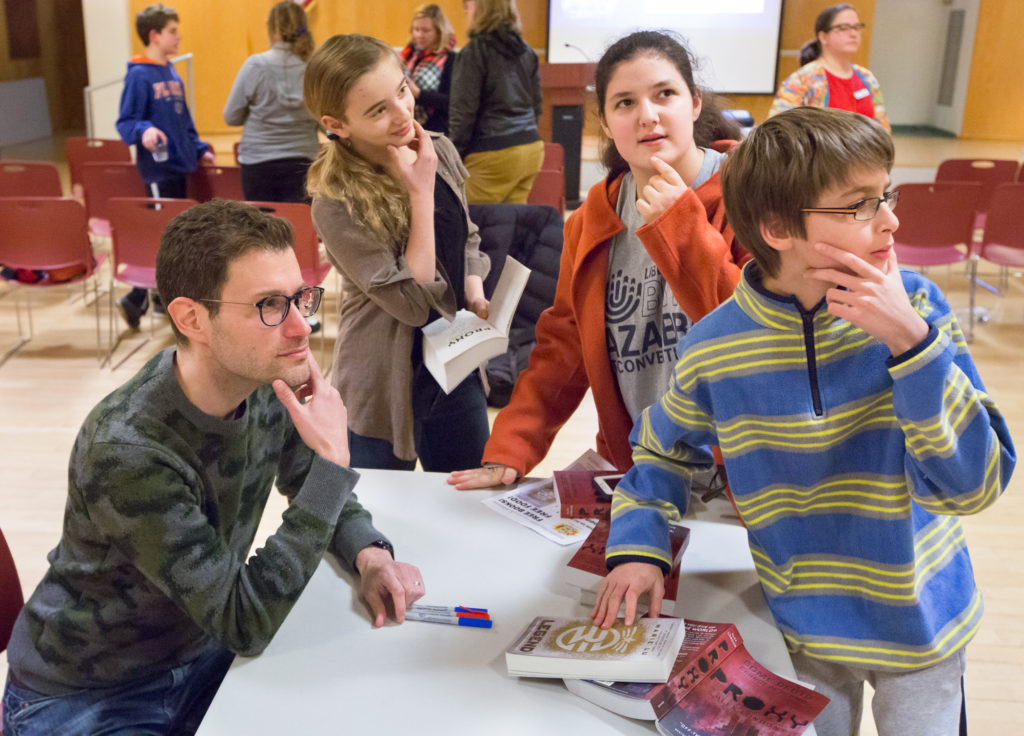
Trust that the humanities can work for you and the youth you serve too.
“The humanities make teens better equipped to understand each other and themselves,” says Trenton Bankert, youth facilitator at Guthrie Memorial Library. “Through the humanities, they connect to other people’s stories, feelings, and experiences.”
“When we feel broken or angry or sad, the humanities remind us that we’re not alone in those feelings, and that we can work through them. It gives us hope that the way things are now isn’t the way they always have to be, and encourages us to explore the boundaries of who we are. And when growing up, sometimes that is the best lesson you can ever learn.”
***
If you’re a youth worker and have a good suggestion on building an active, engaging humanities-based youth program, we want to hear it! Share this story on social media, tag us, and include #TRL.
Want to learn more about engaging youth? You can download our Teen Reading Lounge Program Development Guide, check out out PSAYDN’s resource page, and read the YALSA/ALA Teen Programming Guidelines. Do you recommend any other resources? Let us know in the comments!
Teen Reading Lounge is made possible by Library Services and Technology Act (LSTA) funds from the U.S. Institute of Museum and Library Services administered by the Office of Commonwealth Libraries, Department of Education, Commonwealth of Pennsylvania, Tom Wolf, Governor. The views, findings, conclusions, or recommendations expressed in this website do not necessarily represent those of the U.S. Institute of Museum and Library Services or the Department of Education, Commonwealth of Pennsylvania. Additional support is provided by the National Endowment for the Humanities, generous individuals, foundations, and corporations.
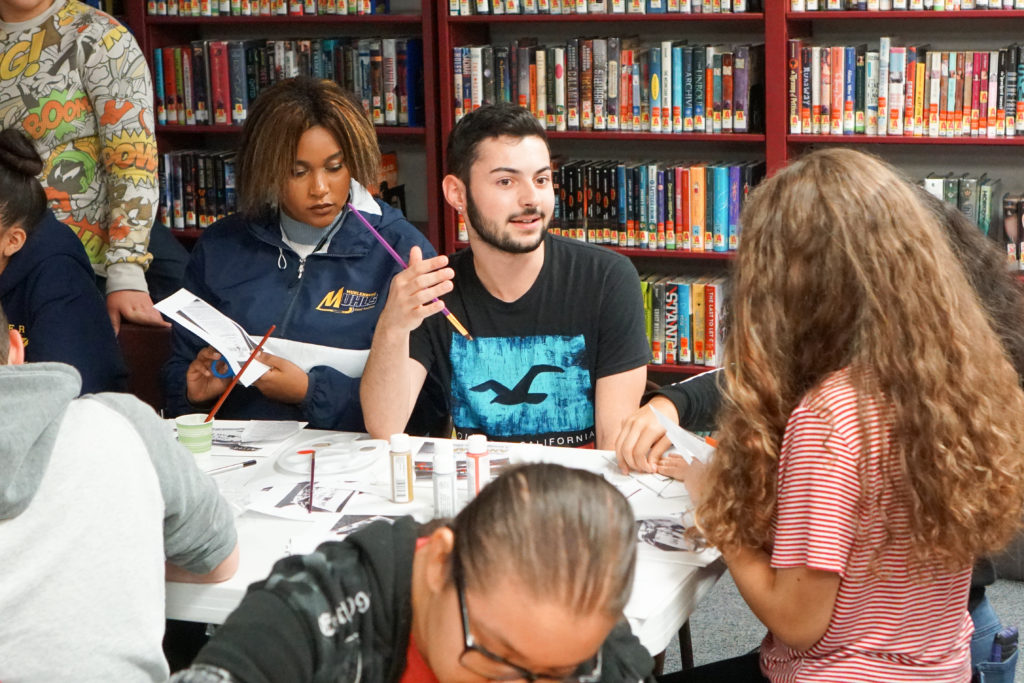
![[color – dark bg] PA SHARP FINAL FILES DB 72dpi [color - dark bg] PA SHARP FINAL FILES DB 72dpi](https://pahumanities.org/uploads/files/elementor/thumbs/color-dark-bg-PA-SHARP-FINAL-FILES-DB-72dpi-phgl7aimtfdpzt2rscvl43ksfv3asbbls19lsvuacw.jpg)

